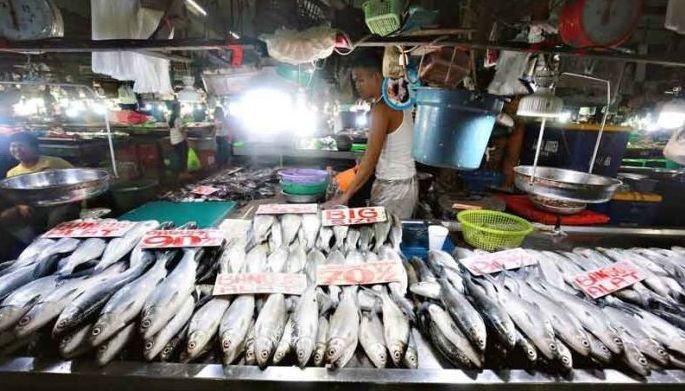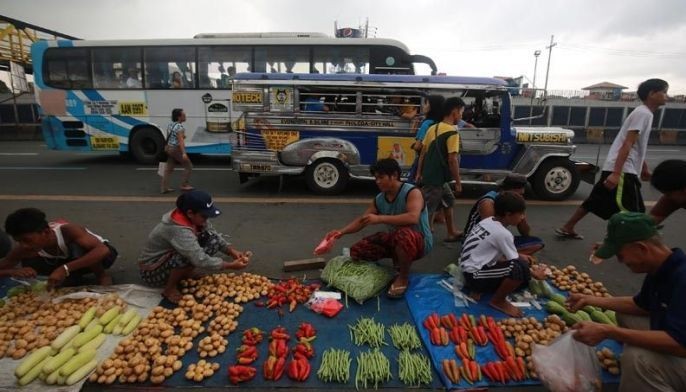BSP still expects inflation to peak in Q3 despite ‘Ompong’ onslaught
MANILA, Philippines — The Bangko Sentral ng Pilipinas on Tuesday said it continues to expect inflation to peak in the third quarter of the year and gradually ease from there, despite the damage caused by typhoon Ompong and expected rise in consumer demand in the holiday season.
Inflation jumped to 6.4 percent in August, the highest level in almost a decade, as oil and rice prices picked up. Higher excise taxes slapped on other goods also pushed up inflation.
The BSP has raised its policy rates by a cumulative 100 basis points from May to August in a bid to fight inflation. The central bank has vowed “strong monetary action” in the upcoming rate-setting meeting next week.
At a press conference, BSP Deputy Governor Diwa Guinigundo said monetary authorities are sticking to their forecast that inflation will hit its peak in the July-September period, before returning to the government’s target band.
“The economy continues to shape up for the rest of the year. Inflation remains manageable and we expect the peak to happen during this quarter and starts going back to 2-4 percent inflation target for the next two years,” Guinigundo said.
Some analysts have said Philippine inflation, which is now higher than most emerging economies in Asia, could pick up further in the coming months after “Ompong” sliced across vast swathes of farmland in northern Luzon over the weekend, threatening food supply.
Ompong’s damage to agriculture is pegged at P14.33 billion, latest data from the country’s disaster-monitoring agency show.
Meanwhile, commodity prices tend to rise in the fourth quarter, as holiday cheer lifts consumer demand.
‘Distracted by the cloud’
According to the central banker, preliminary reports show the destruction caused by Ompong was “basically isolated and confined to certain areas.”
He added that some areas started harvesting crops ahead of the monster typhoon’s arrival, thereby minimizing upward price pressures particularly on rice, which accounts for nearly a tenth of the basket of basic goods and commodities a Filipino purchases.
The executive order directing the implementation of a number of measures to stem inflation will likewise “provide some support to decline inflation moving forward,” Guinigundo said.
He also said the expected influx of remittances from Filipinos abroad for this year’s Christmas shopping season will lend some strength to the weak Philippine peso. Guinigundo explained that for every 1 percent depreciation of the peso, there’s a 0.6 percent spike in inflation as a weak currency makes imports more expensive.
The peso has weakened by almost 8 percent against the dollar since the start of the year, making it one of the worst performing Asian currencies.
“We cannot be indifferent to an excessive swing in the exchange rate because that would affect the inflation expectations of the general public,” Guinigundo said.
For his part, Finance Secretary Carlos Dominguez told the same press conference on Tuesday that runway inflation is not “a structural infirmity.”
“It is a transient phenomenon that all of government is now mobilizing to deal with decisively. Sometimes we get distracted by the cloud and fail to appreciate the rainbow,” Dominguez said.
- Latest
- Trending

































